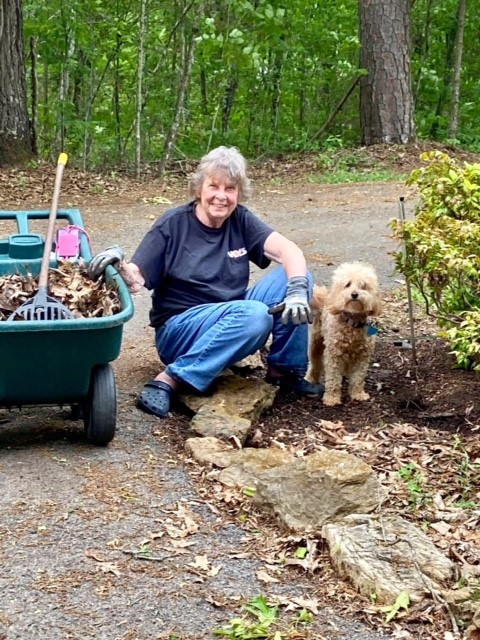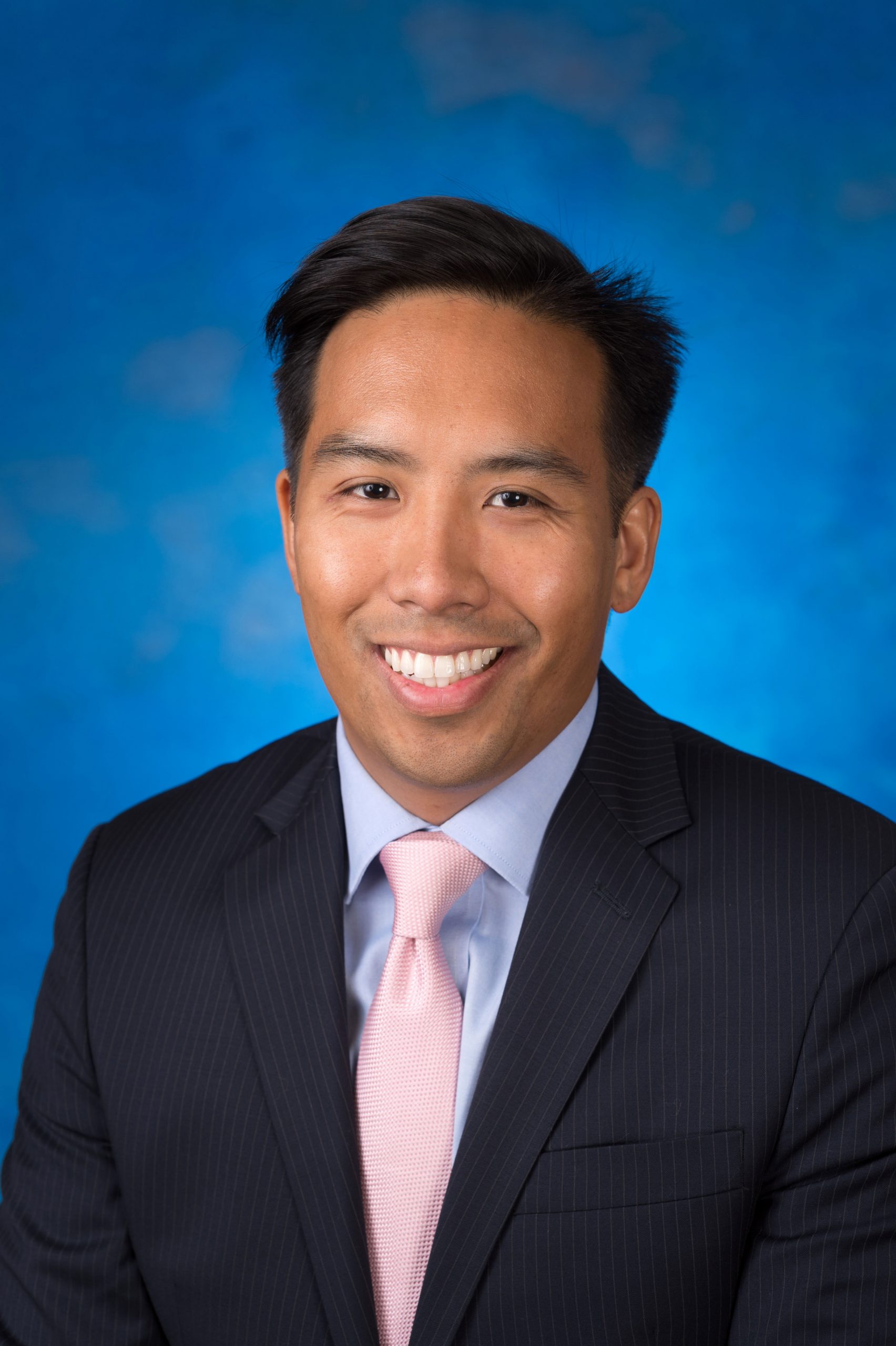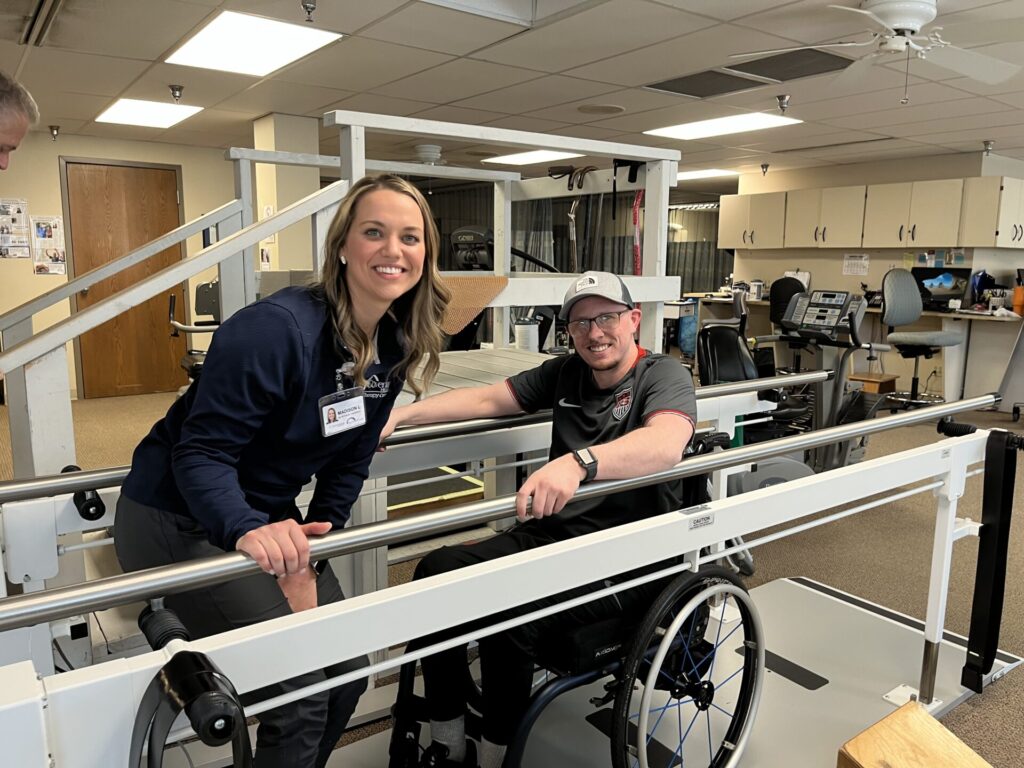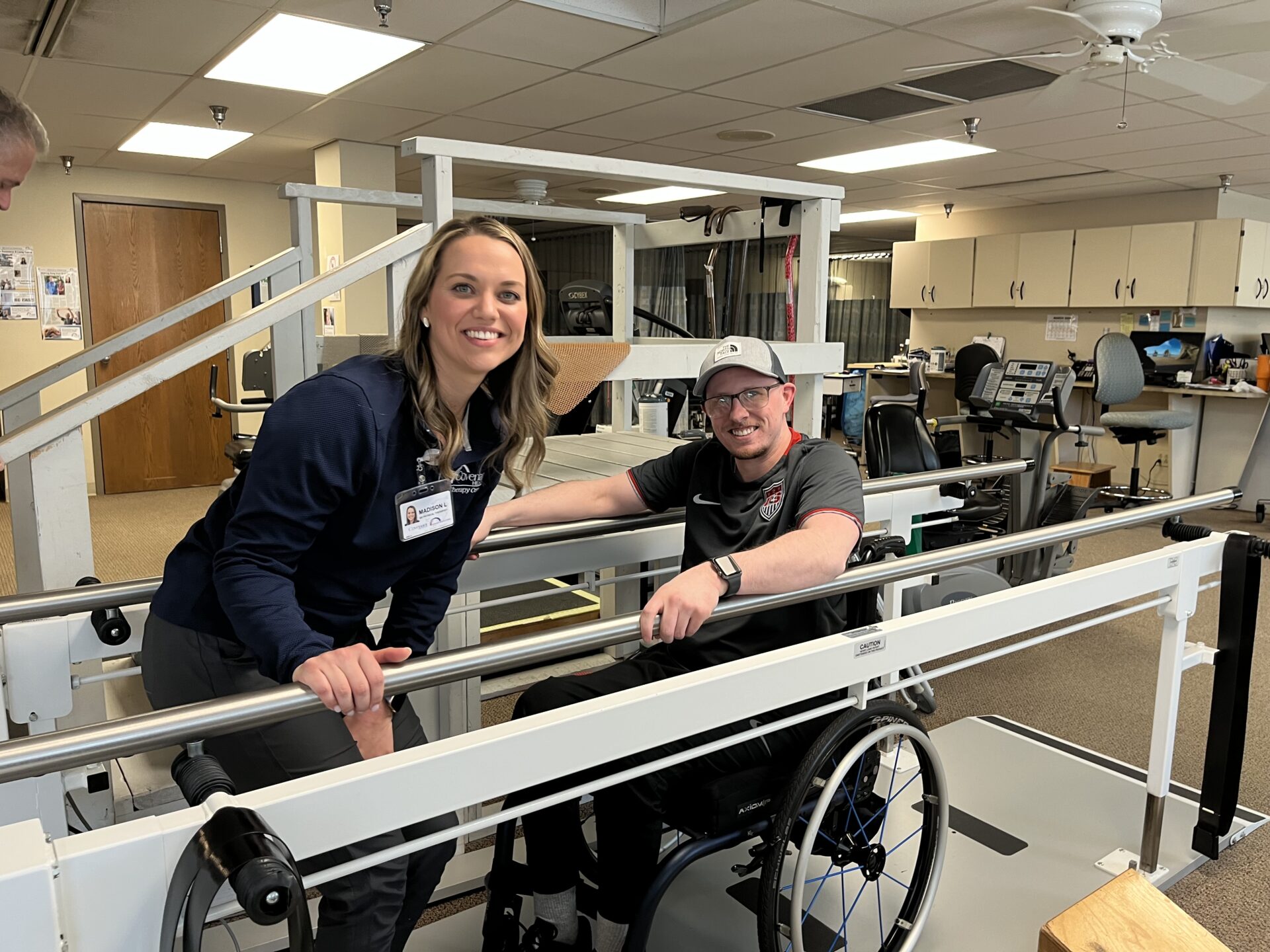- Find a DoctorDoctors by Specialty
- Cardiac Electrophysiology
- Cardiology
- Colon & Rectal Surgery
- Family Medicine
- Gastroenterology
- General & Vascular Surgery
- Gynecological Oncology
- Gynecology
- Infectious Disease
- Internal Medicine
- Interventional Cardiology
- Interventional Radiology
- Nephrology
- Neurology
- Neurosurgery
- Obstetrics & Gynecology
- Oncology
- Oncology & Hematology
- Orthopedic Surgery
- Otolaryngology
- Perinatology
- Psychiatry
- Pulmonary Medicine
- Radiation Oncology
- Rheumatology
- Sleep Medicine
- Thoracic Surgery
- Urology
- View All Doctors
- Our ServicesMedical Services
- Bariatric Services
- Behavioral & Mental Health
- Breast Care
- Cancer Care
- Critical Care
- Ear, Nose, & Throat
- Emergency Services
- Gastroenterology
- Glossary
- Heart Care
- Home Care
- Hospice & Palliative Care
- Imaging & Diagnostics
- Long-Term Care
- Nephrology
- Orthopedics
- Primary Care
- Rehabilitation Therapies
- Robotic-Assisted Surgery
- Sleep Services
- Spine Care
- Stroke Care
- Surgery Services
- Telehealth Services
- Urology
- Urgent Care
- Virtual Urgent Care
- Women’s Services
- Wound Care
- Our Locations
- Patients & Visitors
- About Us
Sevierville woman is back in the garden after robotic-assisted esophageal surgery
 Jean Beam thought she just had acid reflux. She knew this was probably a side effect from a hiatal hernia that she’d had for years, but one day she began vomiting non-stop, prompting a visit to her nearest emergency room.
Jean Beam thought she just had acid reflux. She knew this was probably a side effect from a hiatal hernia that she’d had for years, but one day she began vomiting non-stop, prompting a visit to her nearest emergency room.
“I knew I had a hiatal hernia but I never had a problem with it, just a little acid reflux,” Beam, 86, says. “But I was in Pigeon Forge having breakfast with my granddaughter, and I had to go outside and throw up! I threw up for 10 hours straight. They called an ambulance and brought me up to LeConte Medical Center.”
The gastroenterologist at LeConte referred Beam to Fort Sanders Regional Medical Center board-certified general surgeon Michael Antiporda, MD, who has specialized training in diagnosis and medical/surgical management of conditions of the esophagus and stomach.
Hiatal Hernia
A hernia occurs when organs such as the stomach or intestine protrude through weakened muscle or tissue, causing discomfort or pain. A hiatal hernia occurs when the esophagus protrudes into the chest cavity due to a weakness in the diaphragm.
When the opening in the abdomen, called the hiatus, becomes too large, it is then considered a hernia. Through this opening, stomach can migrate into the chest cavity resulting in reflux symptoms such as heartburn or regurgitation. As the hernia grows larger, it can become a paraesophageal hernia, which may cause dangerous twisting of the stomach and can lead to chest pain or inability to eat normally.
This can happen gradually, or in Beam’s case, seemingly out of the blue.
“Dr. Antiporda said most of my stomach and a little of my colon had gone through the hole, the hiatal hernia. He told me it was the largest hiatal hernia he’d seen since he started practice in Knoxville!” Beam says.
In the past, hiatal hernia surgery involved open surgery with a long and painful thoracotomy incision into the chest wall. Today, most hiatal hernia repairs are performed with minimally invasive laparoscopic techniques, but historically these types of surgery have been associated with fairly high recurrence rates.
“Some studies say the recurrence rate is between 30 to 50 percent. That’s just too high,” Dr. Antiporda says. “Surgeons are always looking for better ways to do procedures. About a year ago, researchers at Washington University School of Medicine in St. Louis published a study about robotic-assisted paraesophageal hernia repair, and the recurrence rate was only nine percent.”’
Robotic-Assisted Surgery
With Dr. Antiporda’s guidance, Beam decided to treat her hiatal hernia through robotic-assisted surgery.

A surgical robot allows a doctor seated at a console to control robotic arms, guiding the surgical instruments with precision and smoothness not possible with human hands alone. A surgical robot does not make decisions or movements for the surgeon. It also gives the surgeon a high-definition, magnified and stable 3-D view of the surgical site. Most robotic-assisted surgeries are performed through small incisions for quicker recovery.
In Beam’s case, Dr. Antiporda made five incisions, each about five to eight millimeters long.
“He had me in surgery for several hours, and I spent two nights in the hospital. I felt 100 percent better after that,” Beam says. “Fort Sanders was very, very good. Everyone there was super nice. And they were very attentive.”
When he discharged Beam, Dr. Antiporda cautioned her that the small incisions were deceptively hiding a great deal of reconstruction inside her upper abdomen.
“Dr. Antiporda said from the outside it looks like you didn’t have much done, but on the inside you had a whole lot done! It’s kind of amazing, really. My recovery was so quick. I had to force myself to wait to do things. He said to wait two months before I could do heavy lifting and pull weeds,” Beam says.
Return to the Garden
Beam tends several acres of land and a large vegetable garden at home. Now that she has recovered, she can be found outside working on the raised beds every day, including the weed pulling.
“I do love to be outside, even though it’s hot,” she says with a laugh. “I love vegetables, anything fresh out of the garden. And now I can eat anything. I don’t have acid reflux one bit.”
“I definitely would recommend robotic surgery. It’s just a couple of little cuts, and the stitches dissolve themselves,” Beam says.
Dr. Antiporda says robotic-assisted surgery is not necessary for every operation but can be helpful in many cases. “The advances in techniques using robotic-assisted minimally invasive surgery enable a skilled surgeon to perform operations that lead to faster patient recovery and can improve long-term outcomes.
“Fort Sanders Regional was the first to bring robotic-assisted surgery to East Tennessee 20 years ago, and today we have some of the most advanced robots in our surgical suites,” Dr. Antiporda says.
“I think Dr. Antiporda and Fort Sanders Regional are just wonderful,” Beam says. “I give credit to God for this. I had a lot of prayers going for me. But I do feel like God has given Dr. Antiporda a special gift. He’s so young and intelligent. He’s all enthused about what he’s doing.”
























